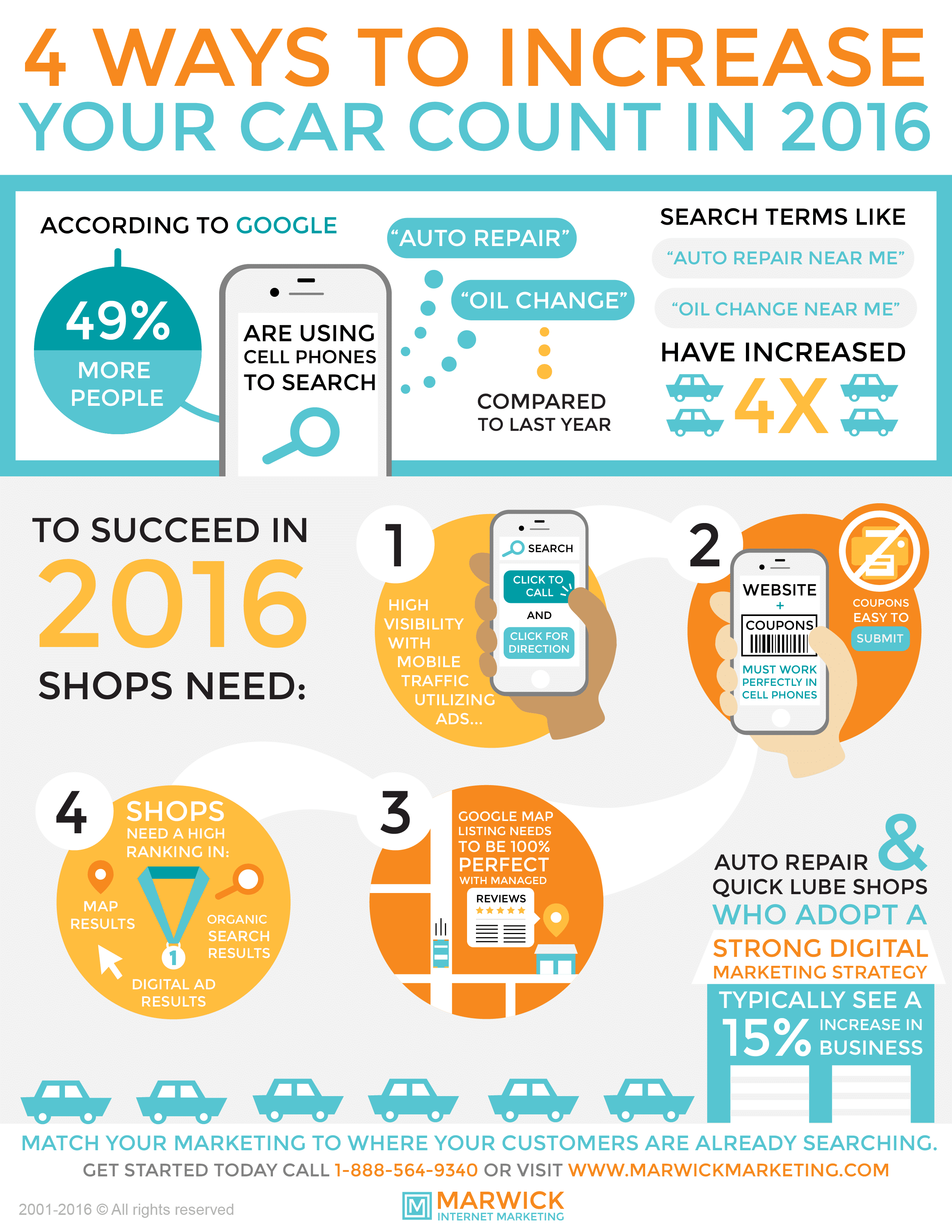Wondering Concerning The Significance Behind Those Dashboard Warning Lights? Gain Insights Into Their Implications For Your Lorry'S Safety And Security And Maintenance
Wondering Concerning The Significance Behind Those Dashboard Warning Lights? Gain Insights Into Their Implications For Your Lorry'S Safety And Security And Maintenance
Blog Article
Write-Up Created By-Lim Forbes
When you lag the wheel, those beautiful warning lights on your control panel can be a little bit bewildering. Do you understand what they're trying to inform you concerning your vehicle's health? Understanding the significance of these lights is vital for your safety and the longevity of your car. So, the next time one of those lights turns up, would not you want to understand its message precisely and take the necessary steps to address it?
Common Caution Lights and Interpretations
Identify usual caution lights in your cars and truck and understand their meanings to guarantee safe driving.
The most regular warning lights consist of the check engine light, which signifies issues with the engine or exhausts system. If you could try this out begins, it's essential to have your lorry examined promptly.
car cleaning products auckland advising light indicates low oil stress, requiring prompt interest to prevent engine damages.
A blinking battery light may suggest a faulty billing system, potentially leaving you stranded otherwise dealt with.
The tire pressure surveillance system (TPMS) light notifies you to low tire pressure, influencing lorry security and gas effectiveness. Overlooking this could lead to harmful driving problems.
The ABS light suggests an issue with the anti-lock braking system, endangering your capability to stop promptly in emergencies.
Lastly, the coolant temperature alerting light warns of engine overheating, which can lead to severe damages if not resolved quickly.
Comprehending these typical warning lights will aid you resolve concerns promptly and maintain risk-free driving problems.
Relevance of Prompt Focus
Comprehending the common caution lights in your auto is only the first step; the importance of quickly resolving these warnings can't be highlighted sufficient to guarantee your safety on the road.
When a warning light brightens on your control panel, it's your cars and truck's way of communicating a prospective problem that needs attention. Neglecting these cautions can bring about extra severe issues down the road, jeopardizing your safety and security and possibly costing you extra in repairs.
Trigger interest to cautioning lights can prevent failures and crashes. For example, a flashing check engine light can indicate a misfire that, if left ignored, might create damage to the catalytic converter. Resolving this quickly can save you from a pricey repair service.
Likewise, a brake system warning light could indicate reduced brake liquid or worn brake pads, important parts for your safety when driving.
DIY Troubleshooting Tips
If you see a warning light on your control panel, there are a few do it yourself troubleshooting tips you can attempt before seeking specialist assistance.
The first step is to consult your vehicle's handbook to understand what the particular caution light shows. Occasionally the problem can be as straightforward as a loose gas cap causing the check engine light. Tightening up the gas cap may settle the trouble.
https://cesaroidwr.bloggactif.com/32196569/personal-account-rejuvenating-my-aging-automobile-with-a-weekend-describing-initiative is a reduced battery, which can set off different alerting lights. Examining the battery connections for corrosion and ensuring they're secure could take care of the problem.
If a caution light continues, you can try resetting it by detaching the vehicle's battery for a few mins and then reconnecting it. Furthermore, checking your car's fluid levels, such as oil, coolant, and brake liquid, can assist fix warning lights associated with these systems.
Conclusion
To conclude, recognizing your vehicle's warning lights is important for maintaining your automobile running smoothly and safely. By promptly addressing these signals and understanding what they suggest, you can prevent expensive fixings and prospective breakdowns.
Keep in mind to consult your vehicle's manual for specific details on each alerting light and act accordingly to ensure a hassle-free driving experience.
Stay informed, stay safe on the road!
